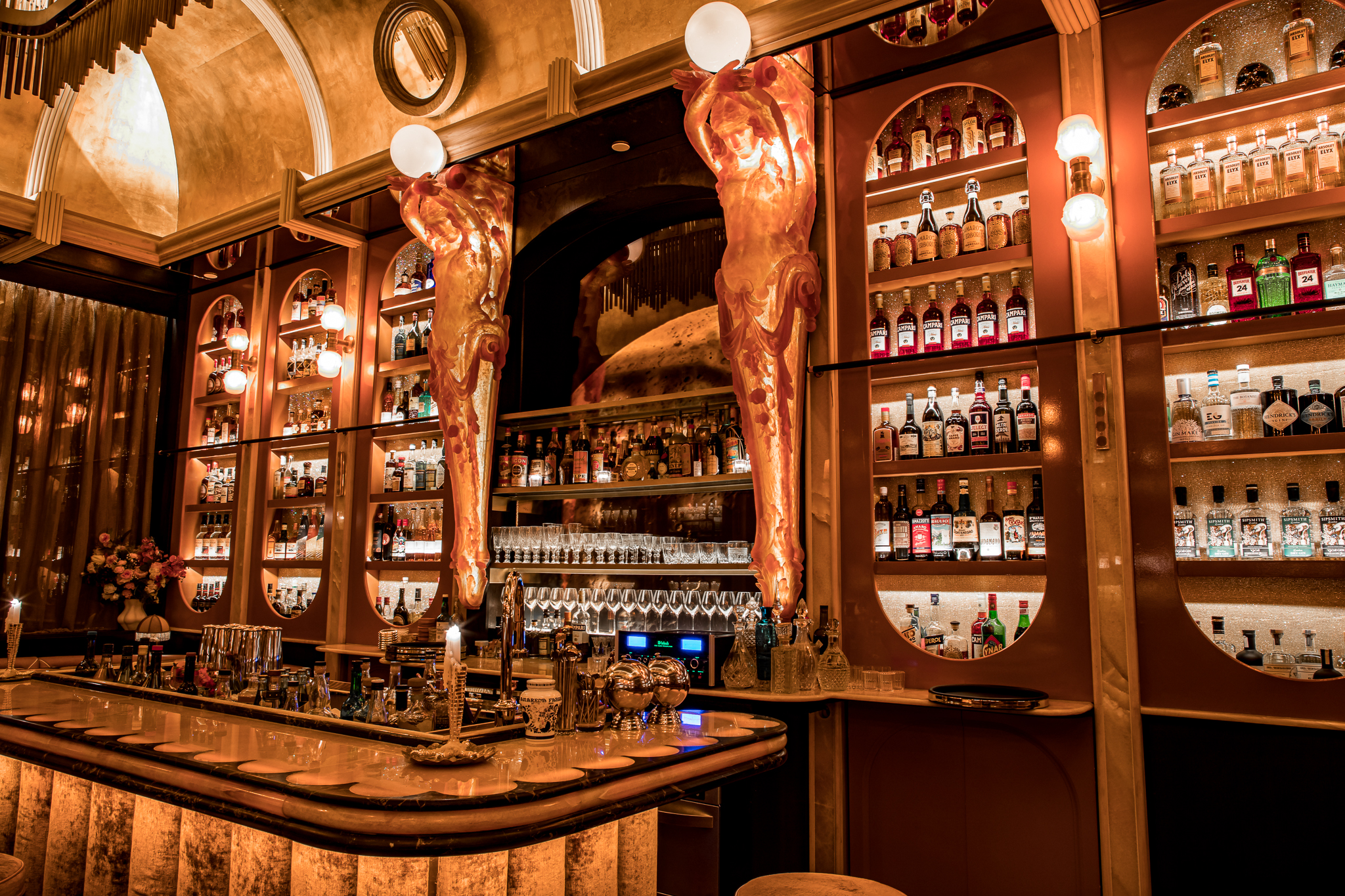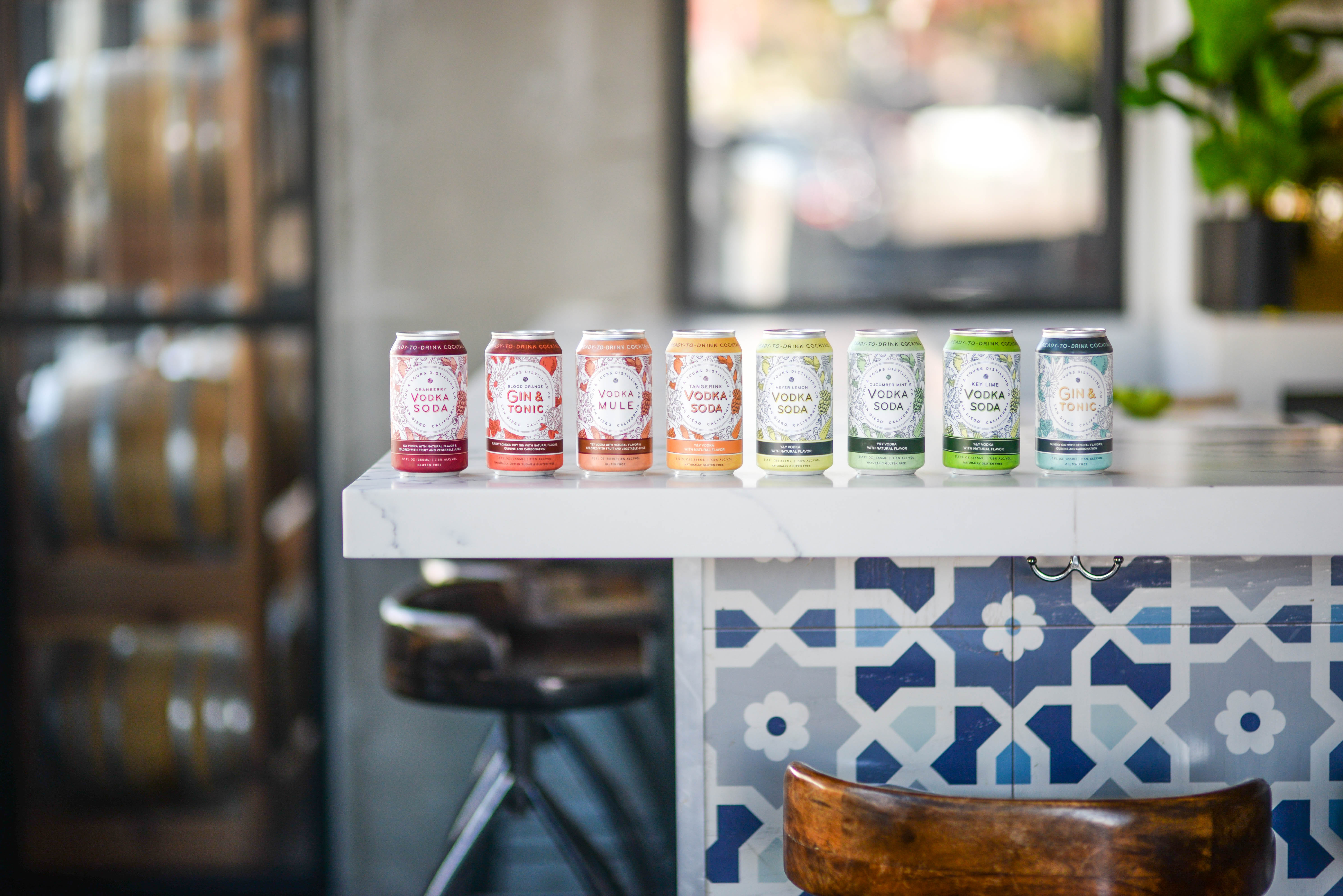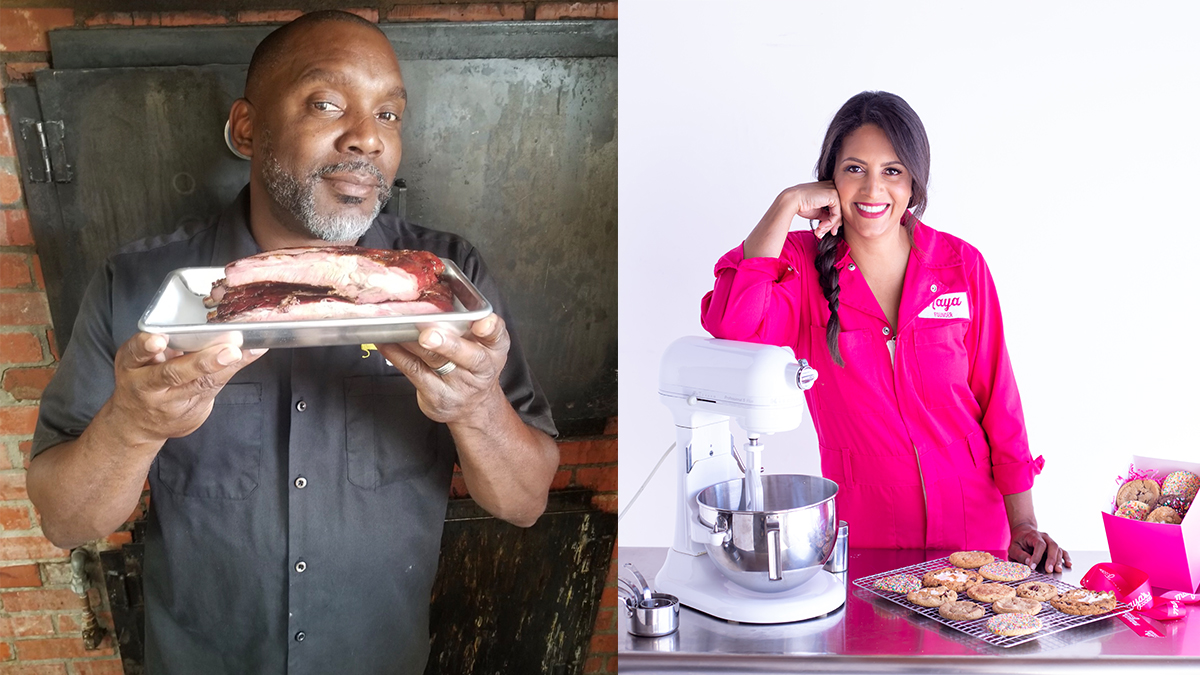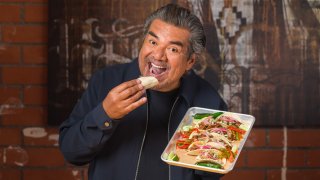
Comedian and actor George Lopez is getting in on the food scene’s “ghost kitchen” trend, launching a delivery-only taqueria in San Diego next month.
Nextbite – a company headquartered in Denver, Colorado, focused on connecting so-called “virtual” or ghost kitchen concepts with restaurant partners across the U.S. – announced Wednesday that it is partnering with Lopez for a concept called George Lopez Tacos.
George Lopez Tacos will be a delivery-only restaurant centered on Mexican street taco recipes developed by Lopez. The menu features slow-cooked meats and lots of special salsas. There are also mini churros involved.
 Greg Cahill
Greg CahillGet San Diego local news, weather forecasts, sports and lifestyle stories to your inbox. Sign up for NBC San Diego newsletters.
Under the virtual kitchen space, this is how the eatery will work: Nextbite has connected the actor’s taqueria with some brick-and-mortar restaurants that will offer the menu out of their kitchens, for delivery only, through services like Uber Eats, DoorDash, Postmates, and Grubhub.
The Scene
George Lopez Tacos is set to launch on June 8, nationwide, and one of the pilot cities is San Diego. Nextbite founder Alex Canter told NBC 7 that the brand would be housed in the kitchens of several existing local restaurants spanning different parts of the county. He said those specific locations would be released around launch time.
Canter said the concept of street tacos should play well in San Diego because, you know, tacos. And San Diego.
“We’re targeting markets where tacos will perform well and, of course, San Diego is at the top of that list,” he explained.
Canter said the partnership between his company and Lopez is a good match because the actor loves food and has prior experience in the restaurant world. Lopez currently has his hand in several restaurants in California.
“He loved the idea of collaborating on a virtual restaurant with our company,” Canter said. “The food is really authentic to George. Even the churro bites – that’s his favorite dessert. We had a lot of fun making this menu together.”
Canter said the menu is big on family-style street tacos – like a pile of carnitas with tortillas, salsas, cilantro and onion – that can be built at home.
Other cities launching the George Lopez Tacos virtual restaurant on June 8 include Los Angeles, San Francisco, Seattle, New York City, Atlanta, Dallas and Denver.
Lopez isn’t the first celebrity to dive into the trend of virtual kitchens via Nextbite.
The brand’s portfolio also includes HotBox by Wiz by Wiz Khalifa, a delivery-only restaurant that rolled out in San Diego in October 2020. As Eater San Diego reported last fall – and as we talked about in our Scene in San Diego podcast – Khalifa’s menu is also available via major delivery apps. HotBox by Wiz offers dishes like barbecued burnt ends and mac and cheese nuggets crusted with Hot Cheetos. Canter said Hotbox by Wiz is particularly popular in cities with large communities of college students.
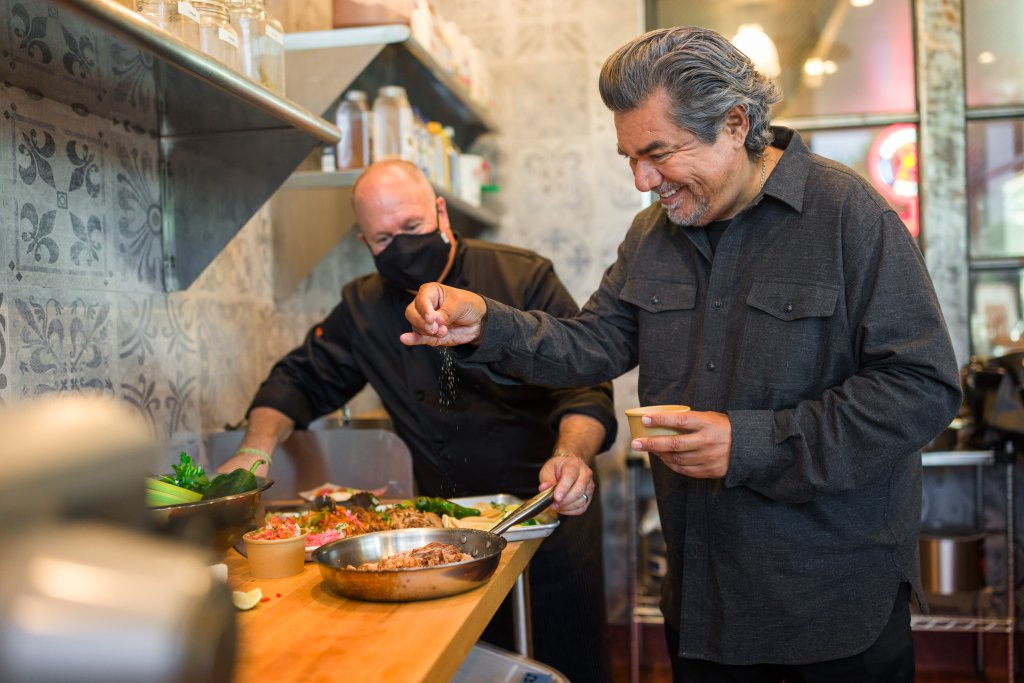 Greg Cahill
Greg CahillWhat Is a Ghost Kitchen?
A ghost kitchen – or virtual or cloud kitchen – is a professional, commercial kitchen set up to prepare delivery or pickup-only meals. A ghost kitchen has everything you need to make restaurant-quality meals but, in most cases, there’s no dining room attached to the operation. A virtual kitchen can also refer to the use of an existing restaurant's commercial kitchen space being used to also house a delivery-only concept, like in the case of George Lopez Tacos.
The menu items out of that kitchen are then offered for delivery via popular third-party food delivery apps like GrubHub, UberEats, DoorDash, and Postmates. Those apps have a built-in base, so the menus have a good chance of being seen.
So, this model is like the restaurant kitchen without so much of the financial risks of fully staffing and operating the restaurant.
In today’s pandemic uncertainty, this model has become a viable business for some people – especially since COVID-era restrictions are still somewhat limiting "normal" dining operations in San Diego County.
In San Diego, ghost kitchens have been popping up during the pandemic, including one that opened last year in Seaport Village – Eats by Sam – which is located at the former site of Buster’s Beach House & Longboard Bar.
Eats by Sam is headed by Sam "The Cooking Guy" Zien. He joined our Scene in San Diego podcast last fall to talk about the concept of ghost kitchens and other things on his plate. You can listen to the episode here or below.
Unused Kitchen Space, Extra Orders, Extra Business for Restaurants
Canter started his original company Ordermark, about four years ago with a goal to help restaurants navigate the world of food delivery and “reach customers outside their four walls.”
His company built the technology to manage delivery for restaurants and began working with thousands of eateries across the U.S. Canter said Nextbite was created to build interesting virtual restaurant brands like HotBox by Wiz and George Lopez Tacos.
And, in a time where restaurants are facing many coronavirus-related challenges – Canter said restaurant partners welcome the collaboration and extra business.
He said the partnerships are a win for the brick-and-mortar eateries and for the virtual brands.
“We realize that the most impactful thing that we can do to help restaurants right now – particularly in a post-COVID world – is to drive incremental order volume into their underutilized kitchens. We see kitchens with a lot of extra capacity during certain dayparts.”
Canter said Nextbite trains its restaurant partners on how to make the menu for a virtual concept and which ingredients to stock. Nextbite handles the leg work on the digital ordering/delivery apps side.
“They make the food in their kitchens and we send them orders on top of what they’re cooking for their existing restaurants,” he explained.
In most cases, Canter said partner restaurants already have the lights on and their kitchens are staffed. The point of Nextbite, he said, is to help layer on extra orders. The restaurant partners have extra food costs associated with creating a virtual restaurant’s menu items, but they also get a cut of the profits from the delivery-only orders, Canter explained.
“We’re not in the business of renting kitchens or competing with restaurants, but rather empowering them to just do more,” he added.
Canter said he built Nextbite before the pandemic because, even before COVID-19 took over our world, he saw there were many restaurants with extra capacity in their kitchens to handle an extra 10 or 20 online orders a day.
He said the pandemic accelerated the idea of virtual kitchens: eateries had less in-person business and delivery options were, for some restaurants, a way to make up for some of that lost business.
Canter said he thinks the virtual kitchen trend – pandemic or not – will remain part of the dining scene.
“Delivery is here to stay. Convenience is not a trend,” Canter told NBC 7. “I think there’s a really exciting opportunity for virtual restaurants today, and it’s all because consumer behavior has changed and the way that people interact with restaurants is changing, very fast.”
Canter said that, in a way, we’re watching the “e-commerce phase of restaurants” happen before our eyes. And if extra orders are a way to help smaller eateries stay open in a pandemic and post-pandemic world, he’s all for it.

